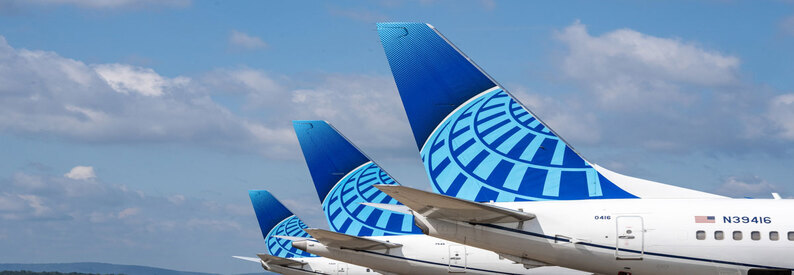United Airlines Face Flat Growth and Falling Fares in 2025

Phocuswright Research’s new report, U.S. Airlines: Market Essentials, paints a sobering picture of the airline industry as it heads into 2025. Despite recovering some stability in 2024, U.S. carriers are now bracing for stagnation, with revenue projected to grow just 1% year-over-year. A steep 6% drop in average ticket prices this March and shrinking GDP signal a cooling market, particularly among international travelers. Key source markets like Canada are significantly pulling back, amplifying the pressure on U.S. airlines already operating in a turbulent economic and geopolitical climate.
While domestic travel remains steady for now, the broader indicators are concerning. The TSA screened 904 million passengers in 2024, up 5%, and early 2025 numbers show stable domestic demand. However, with the Consumer Expectations Index at its lowest since 2011, continued demand could be at risk if confidence doesn’t rebound. Airlines are responding quickly. All three major carriers—Delta, United, and American—have revised down their 2025 projections and are scaling back capacity growth to better align with weaker demand forecasts.
Business travel, once a reliable revenue stream, is taking a notable hit. Corporate travel dropped 8% year-over-year in May, while OTA-issued trips increased by 8%, signaling a shift to self-service, price-driven bookings. Meanwhile, overall travel agency air ticket sales declined 5% compared to May 2024, even as passenger volumes held flat, further confirming that pricing is under pressure across all channels.
For industry stakeholders, the rise in direct bookings is a critical development. A record 73% of airline tickets were booked directly in early 2025, underscoring the importance of digital channels and loyalty programs in maintaining customer relationships. Airlines are increasingly focusing on optimizing their distribution strategies and leveraging data to create personalized pricing models and targeted offers, especially as consumers become more cost-conscious.
Low-cost carriers are also adjusting their approach. As economic headwinds intensify, they are streamlining operations and shifting their networks to focus more on resilient domestic and leisure-heavy routes. These strategic pivots are designed to preserve margins and capitalize on the segments still showing travel interest despite inflation and global uncertainty.
Phocuswright’s report offers more than just numbers—it’s a window into the changing dynamics of a highly competitive industry. It highlights how economic, political, and technological forces are converging to reshape the airline landscape through 2028. For executives in distribution, pricing, and strategy, staying ahead means not only adapting to current conditions but anticipating the next wave of disruption.
As airlines navigate this uncertain environment, flexibility, real-time data, and customer-centric innovation will be key. With recovery no longer guaranteed and international sentiment fading, the industry must evolve quickly or risk falling behind in a market that’s increasingly driven by consumer behavior and macroeconomic shifts.
Related News : https://airguide.info/?s=United+Airlines
